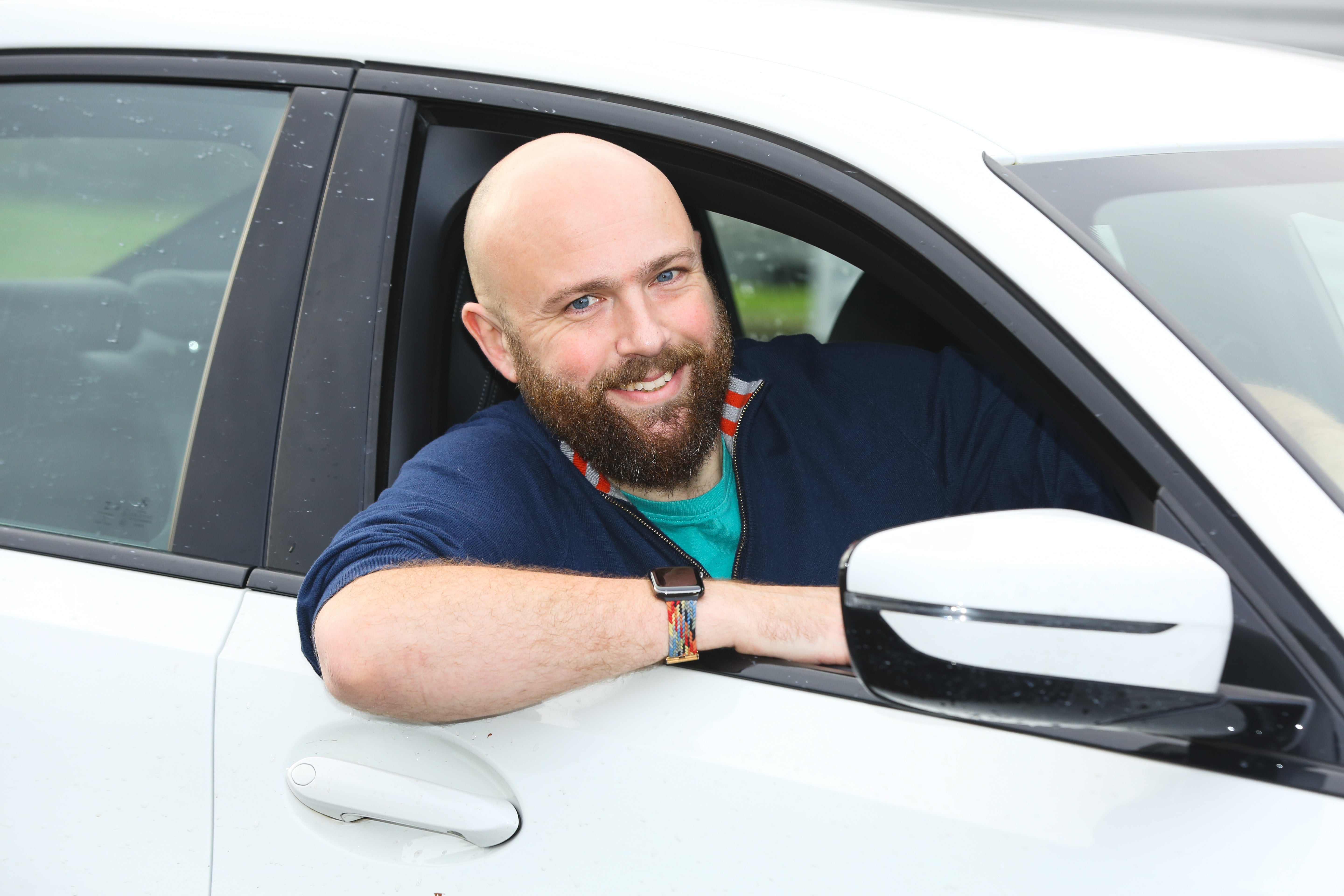
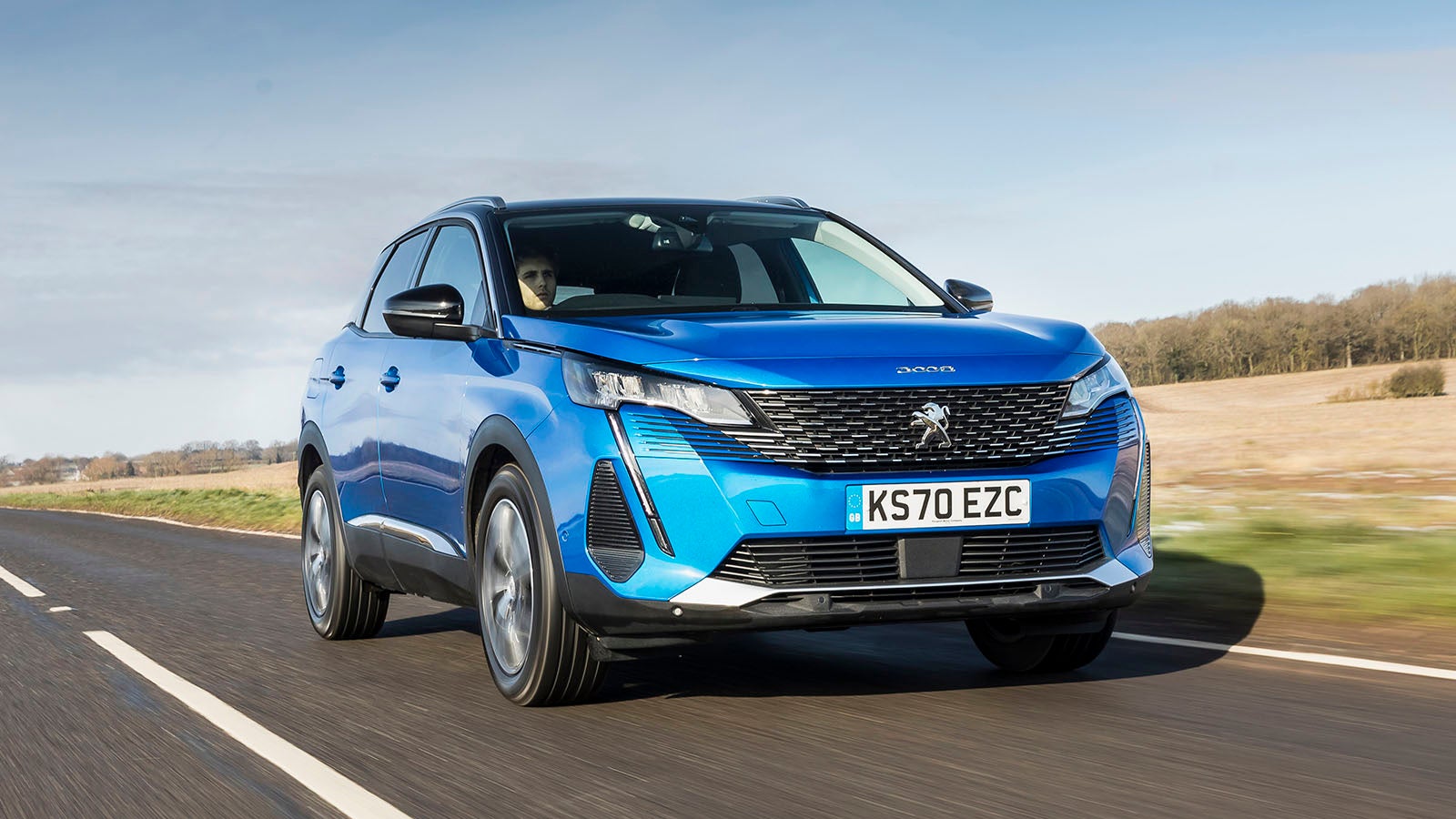
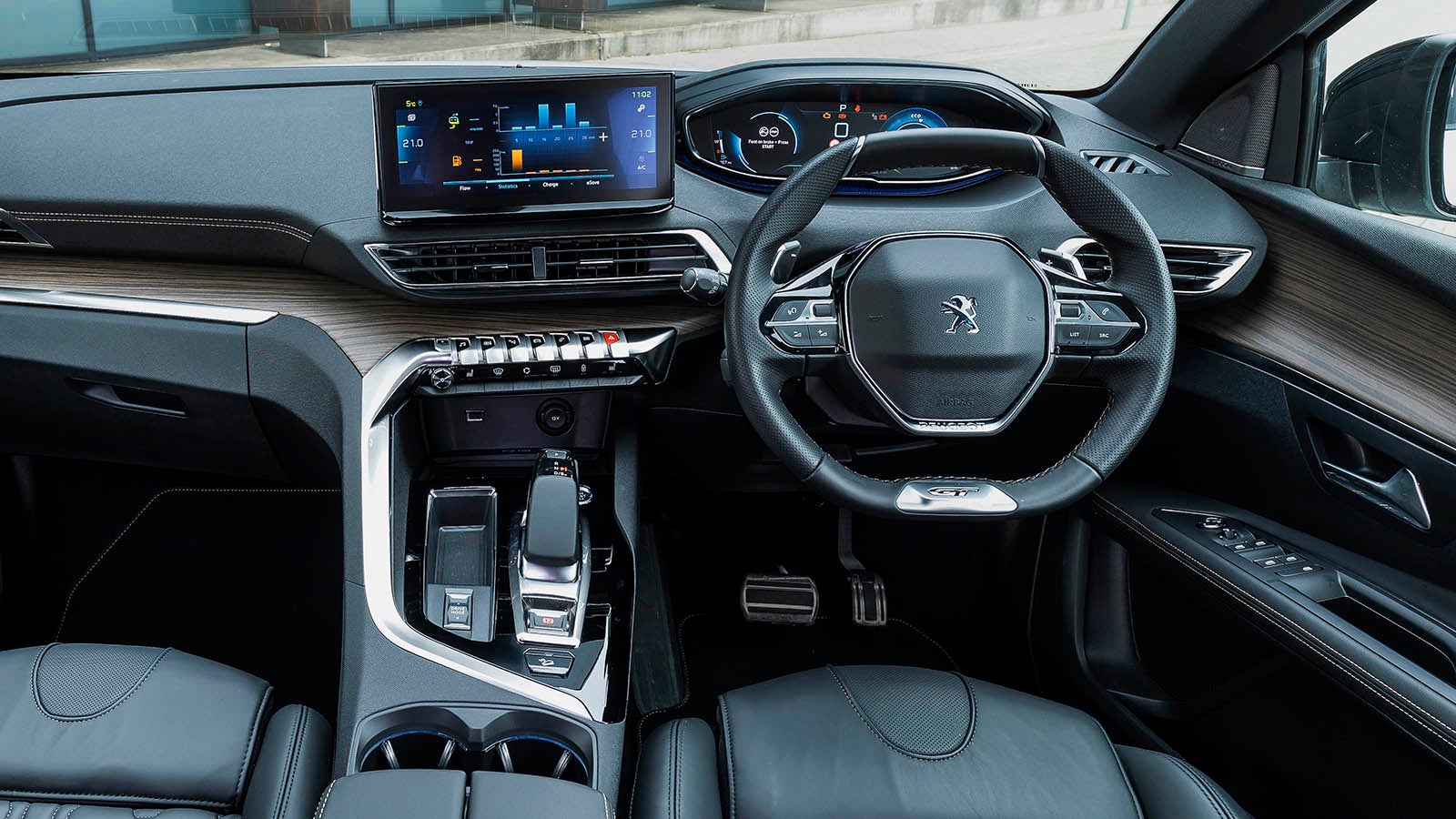
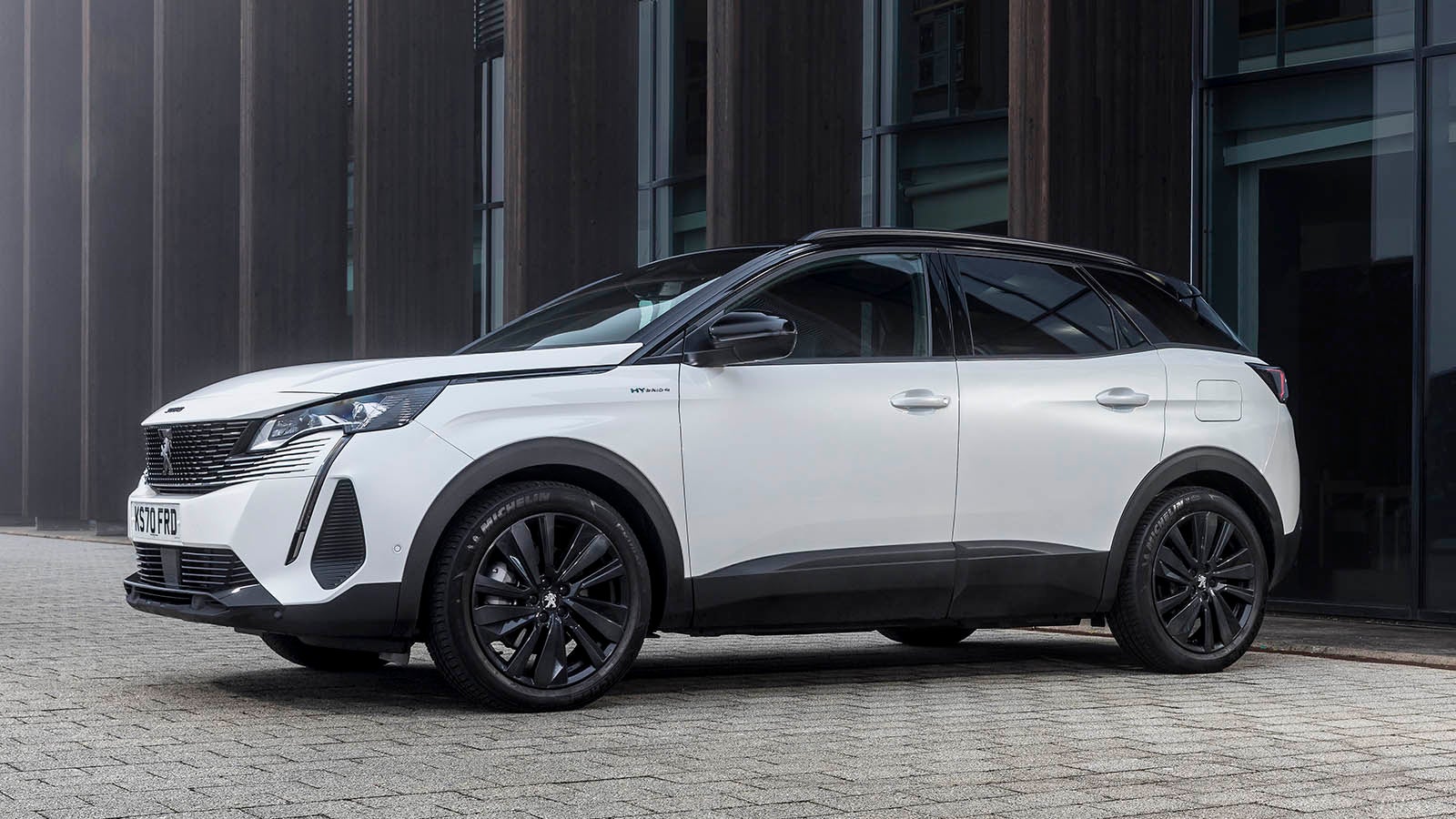
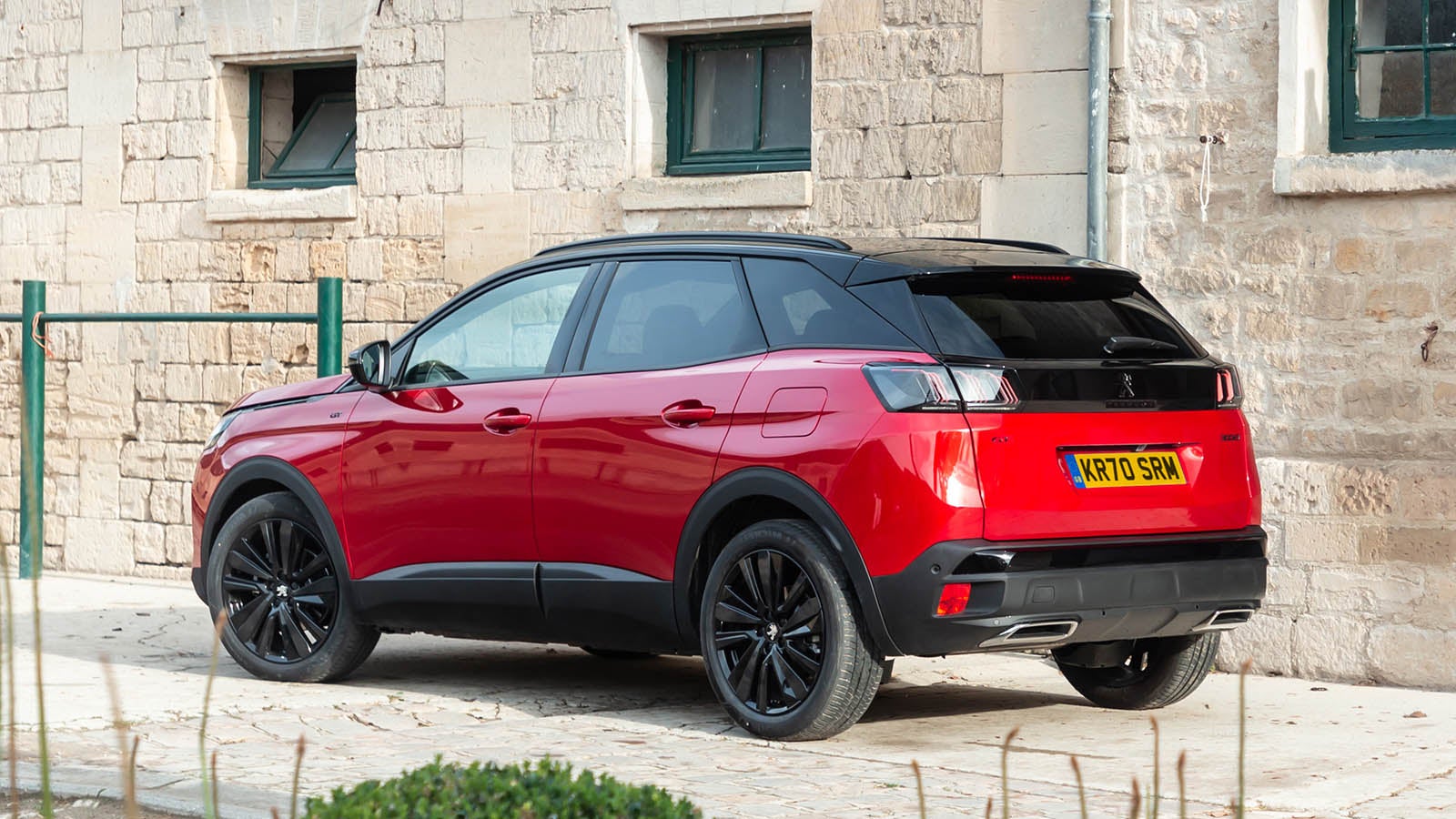
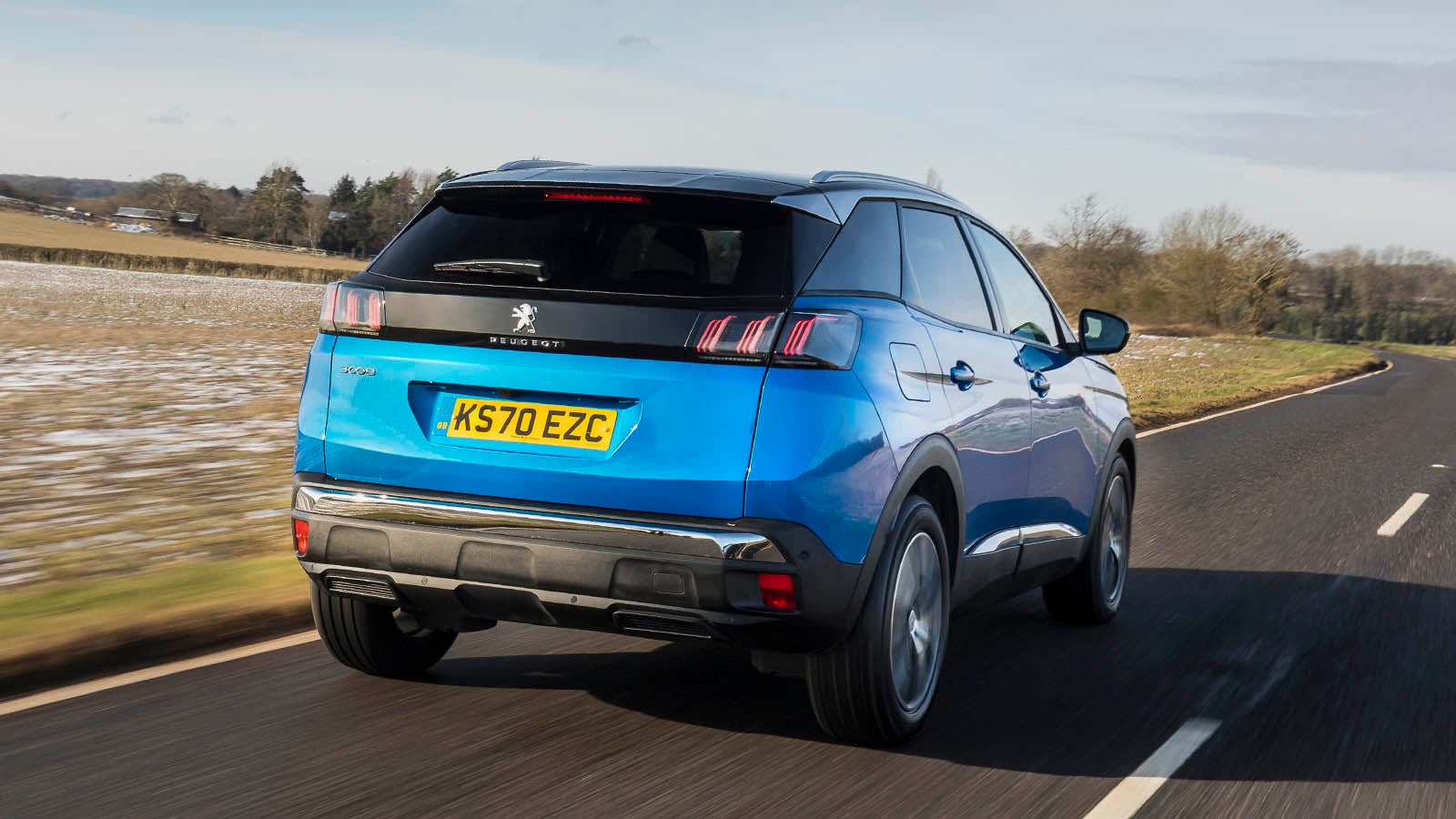
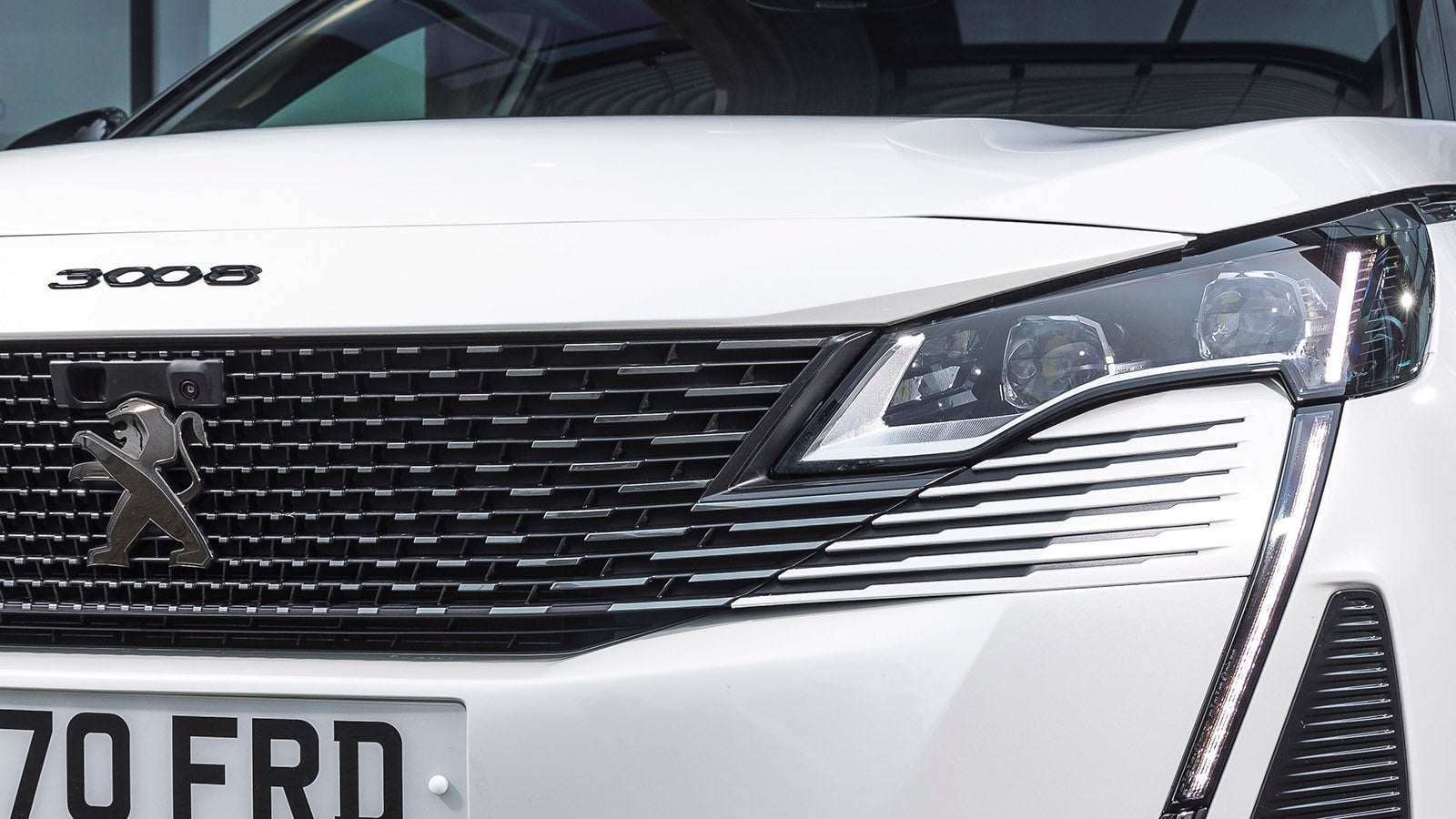
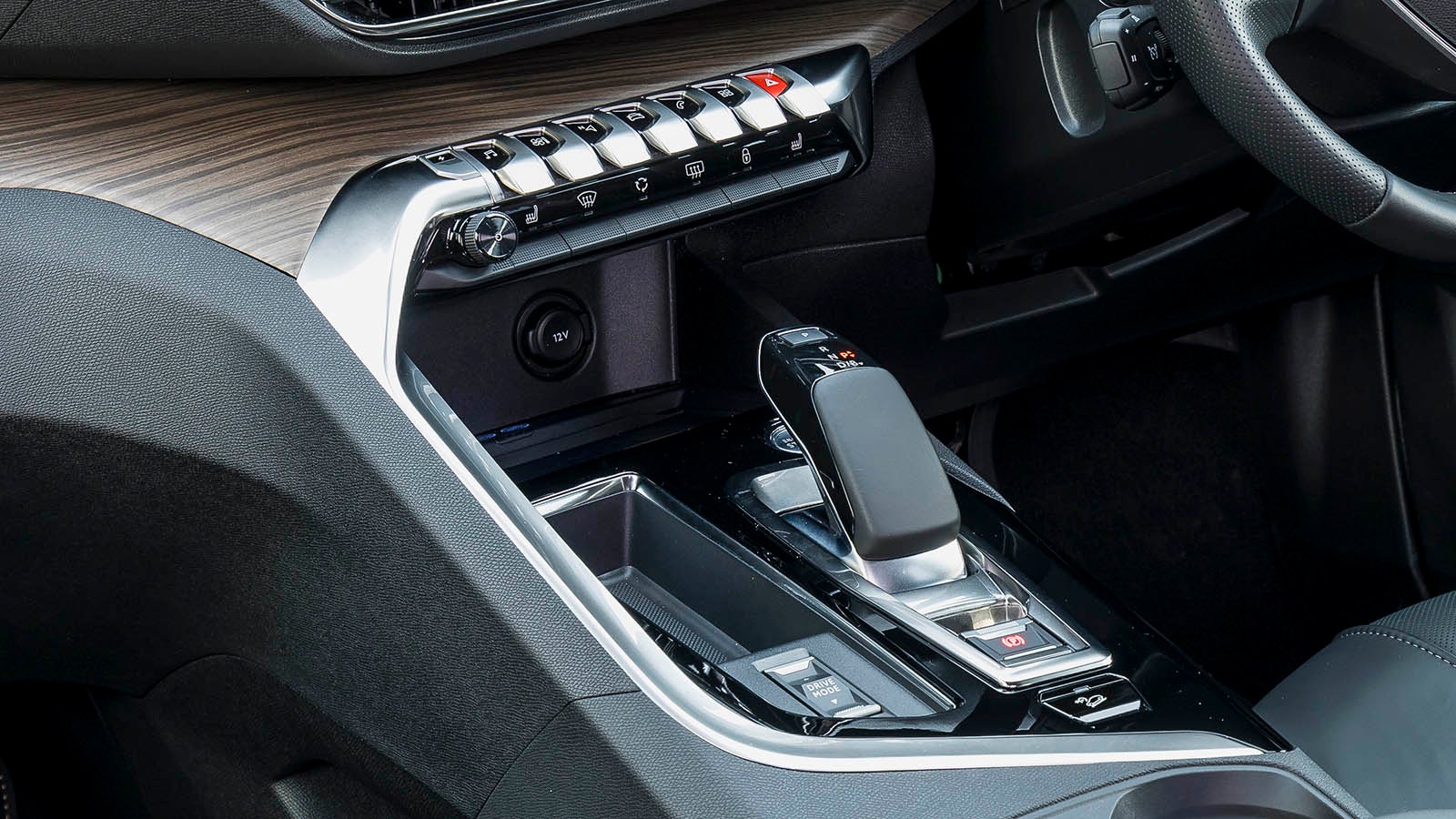
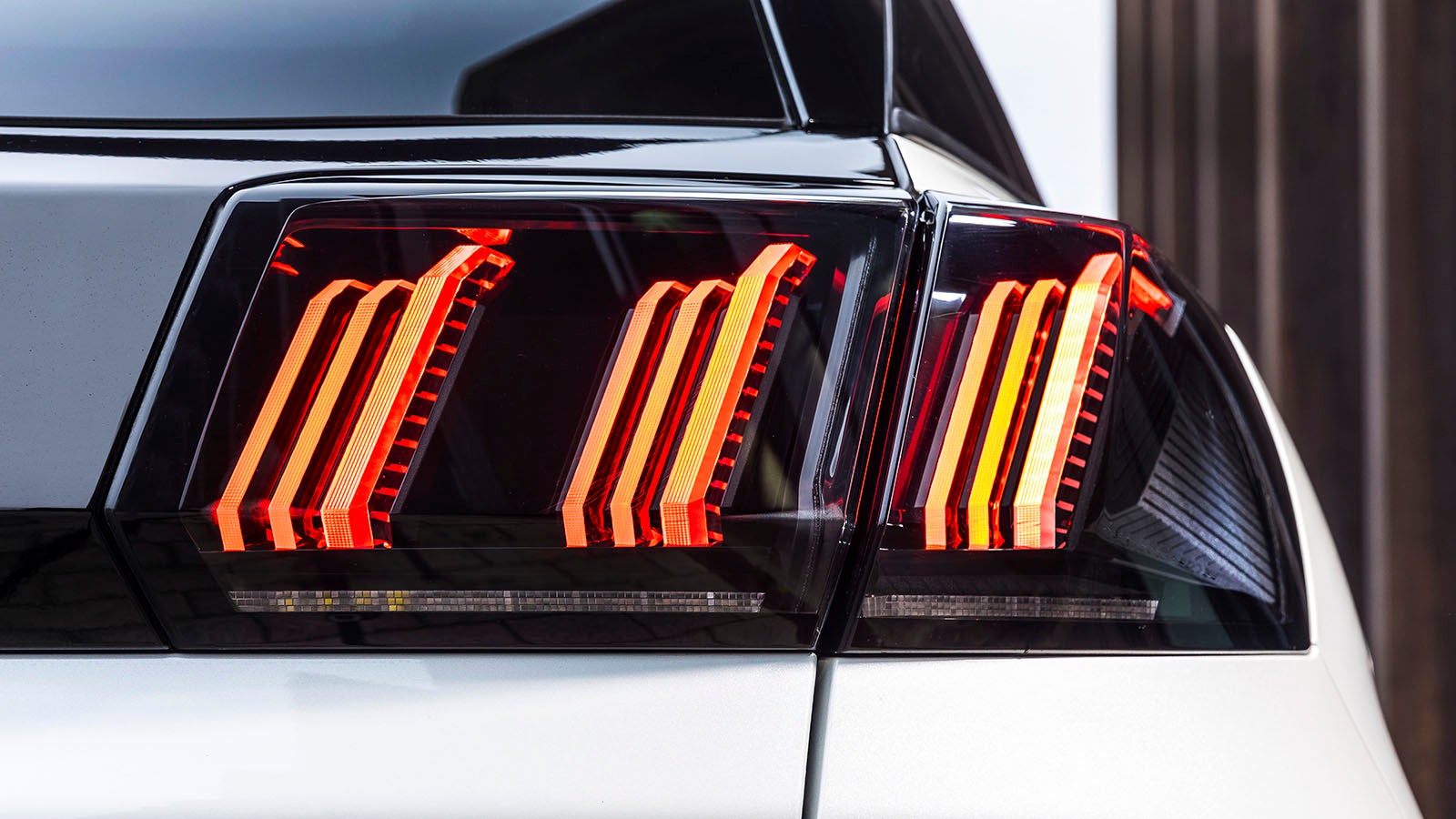
Used Peugeot 3008 review (2017-2024)

This is the Peugeot 3008 sold from 2017 through to 2024. It's now been replaced by the current 3008, although this older model is much more plentiful on the used market.
It obviously misses out on the latest features and tech, but this is still a premium-feeling family SUV with great material quality and useful practicality.
- Stylish looks
- Decent rear-seat space
- Premium-feeling cabin
- Boot is smaller than some rivals
- Fussy infotainment software
- Quirky i-Cockpit won't fit all drivers
Should I buy a used Peugeot 3008?
If you’re after a family SUV that oozes style inside and out, then the Peugeot 3008 should be on your shopping list. In its latest iteration, the 3008 has the comfort and technology to go toe-to-toe with popular rivals such as the Volkswagen Tiguan and Kia Sportage, while retaining a sense of French quirkiness that we love – especially the part-cloth dashboard which feels like something out of a concept car.
It’s not all sunshine in 3008-land though. The back-seat space and boot are perfectly adequate for a family of four – and we’ve lived with one for several months to test this – but some rivals have more space inside, such as the aforementioned Tiguan. Peugeot’s infotainment system also takes a bit of learning, and you won’t find any torquey 2.0-litre petrol or diesel engines in the range, but there are several powerful plug-in hybrid options.
Interior and technology

It’s fair to say most family SUVs feel similar inside, but Peugeot’s designers have gone against the grain with the 3008, adorning the dashboard of some models with light-grey cloth, swooping curves and nice touches on Allure Premium+ models such as blue lighting that bathes the interior in a calming glow once the sun sets. The result is a cabin that feels comfortable and incredibly welcoming for long drives home with the kids asleep in the back.
The 3008 inherits the French brand’s quirky i-Cockpit system, which in English means you get a small steering wheel and a digital dashboard that you view by looking over the wheel. It takes half an hour to get used to, and it gives you a sense that you’re in something a bit different. You might find it a bit tricky to adjust the wheel to a position that’s both comfy and gives you a clear view of the dials, so this is definitely a car to try before you buy.
Material quality feels good too, and Peugeot’s ticked most of the vital boxes when it comes to technology. You get Apple CarPlay and Android Auto – though you’ll need to plug in to use them – and a colour touchscreen infotainment system, ranging from eight to 10 inches depending on the trim level.

We found the infotainment system takes a bit of getting used to, and it isn’t as intuitive as other systems when it comes to finding certain settings. If you want to turn the infuriating speed camera warning bong off, for example, you have to delve through several confusing menu layers to do so.
Overall, it’s a sharp and responsive screen, with plug-in support for Apple CarPlay and Android Auto. The standard speaker systems are reasonably good, but we highly recommend the optional 10-speaker Focal system available on the GT model – it sounds fantastic, with plenty of bass and a surround-sound effect that turns every drive into a disco.
While forward visibility is decent, the 3008’s rear window does feel small – but every version includes a reversing camera coupled with parking sensors. If you want front parking sensors, you’ll need to step up to a mid-spec Allure Premium+ version. Things can be improved by an optional 360-degree camera which takes all the guesswork out of parallel and bay parking, and it’ll also park the car for you – but it takes so many button presses and general faffing that you’re usually better off parking it yourself.
Practicality

While the Peugeot 3008’s 520-litre boot compares favourably on paper to its rivals, we found that larger baby buggies won’t fit in length-wise, as they do in a VW Tiguan or Skoda Karoq. Likewise, if your large hold-luggage suitcase has big wheels, you may have to put it across the boot, sacrificing space in your game of holiday boot-packing Tetris. It’s worth noting that plug-in hybrid models lose out on about 120 litres of underfloor space.
Your back-seat passengers will have nothing to whinge about in a 3008. The doors open nice and wide which makes fitting a child seat as easy as it’s ever going to be, and the seats are spacious and comfortable for two passengers. The Karoq and Tiguan are physically slightly wider than the Peugeot, so are a bit less of a squeeze for three people. They also have bigger rear door bins – the Peugeot’s are a bit on the small side.
Up front, there are plenty of storage spaces with a nice deep cubby under the spit-opening centre armrest, as well as handy places to stash your phone.
If you like the Peugeot’s style but fancy a bigger boot – or seven seats – then check out the Peugeot 5008.
Engines and performance

Unusually, the 3008’s engine range has just one petrol and one diesel option, but three hybrids. Note that the car’s facelift in 2020 removed all manual gearbox versions, leaving you with a reasonably smooth eight-speed auto on most models, and a six-speed auto on the self-charging hybrid option launched in 2023.
The 3008’s 1.2-litre PureTech petrol engine has 130hp and can return 46mpg if driven carefully. It’s quick enough for most uses but, if you regularly load your car to the brim and do big miles, you’re better off going for the 1.5-litre ‘BlueHDi’ diesel, which has more low-down grunt and averaged 51mpg over 3,000 miles in our real-world testing.
If you’d rather have a hybrid 3008, the range starts with the self-charging 136hp 1.2-litre petrol hybrid, but beware – the battery isn’t big enough for electric-only driving at much above walking pace, and the 28hp electric motor doesn’t really improve fuel economy all that significantly. Think of it more as a mild hybrid.

Better are the 180 or 225hp plug-in hybrid options, which can travel about 30 miles on a charge. There is a rare 300hp plug-in-hybrid with twin motors that can get from 0-62mph in a hot-hatch rivalling 6.1 seconds, but it costs around £50,000 new – much less if you choose a nearly new one, however.
The regular combustion-powered 3008s are quick enough rather than fast. The 1.2 petrol will get from 0-62mph in 9.7 seconds, while the 1.5 diesel will do the same sprint in a leisurely 11.5. That said, we used a 1.5-litre diesel 3008 as family transport for four months and never wished for more performance.
The 136hp e-DSC6 ‘self-charging’ hybrid will take 10 seconds to get to 62mph from a standstill, while the 180hp PHEV will do it in 8.0 seconds. The 225hp PHEV is actually a touch slower – blame the weightier battery – at 8.9 seconds, while the 300hp PHEV will do it in 6.1 seconds.
Driving and comfort
The Peugeot 3008 drives nicely and is reasonably comfortable, although it’s not quite as good as ironing out bumps at high speeds as its more affordable Citroen cousin, the C5 Aircross. The Peugeot doesn’t roll much in corners though, and while it’ll rarely put a smile on your face, it can get down a twisty road as well as any of its German rivals.

That tiny steering wheel may take a little while to get used to, but it means it’s very easy to turn quickly for three-point turns and parallel parking. Sure, it can feel a little too light when driving quickly on a twisty road, but who’s driving their family SUV as if you’re in a Grand Prix?
At motorway speeds, the 3008’s cabin lets in a little tyre roar, but nothing that’s going to have you reaching for earplugs. A SEAT Ateca feels better connected to the road and gives you more confidence when driving quickly, but the 3008 compares to the Kia Sportage and VW Tiguan very well indeed.
On the motorway, it’s a relaxed and comfortable cruiser, but we found that grimy winter road spray quickly renders the nose-mounted cameras on high-spec models useless. We also found the windscreen washer jets froze more quickly than in most of its rivals. These are niggles, however, and there’s nothing majorly amiss with the way a 3008 drives.
And the seats are very comfortable – we whiled away a seven-hour drive in one without any backache whatsoever.































